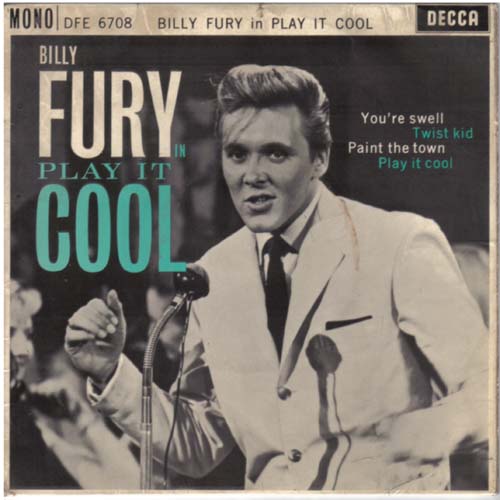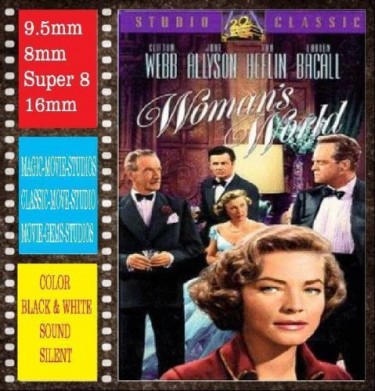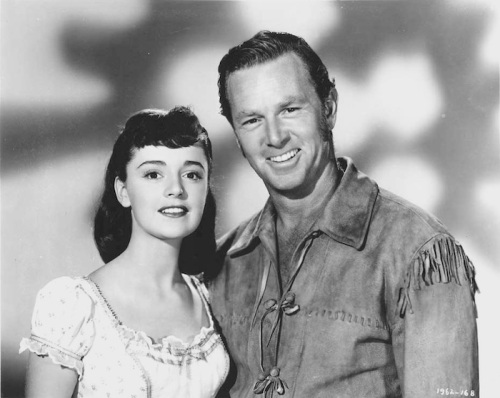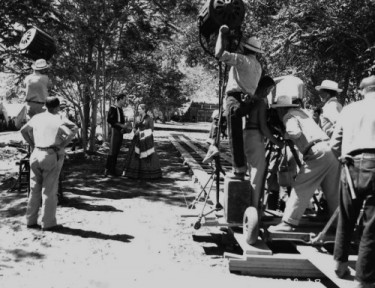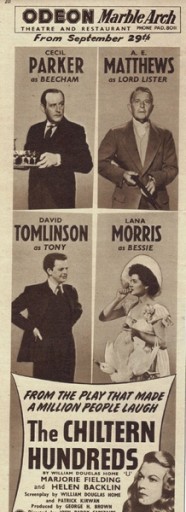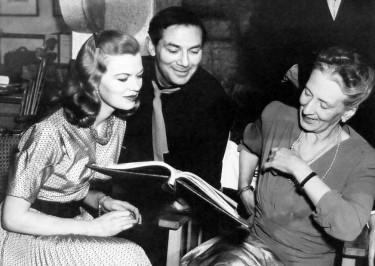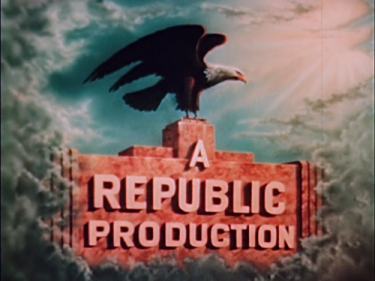 Republic Pictures was an American independent film production and distribution company with studio facilities, operating from 1935 until 1959, mainly specialising in westerns, serials and B films usually combining mystery and action.
Republic Pictures was an American independent film production and distribution company with studio facilities, operating from 1935 until 1959, mainly specialising in westerns, serials and B films usually combining mystery and action.
I rather like the above colour logo that Republic used – it is sort of classy in an old fashioned way – but I expect that if they ceased to exist as long ago as 1959 then it would look a little dated !!
The studio was also responsible for financing and distributing several of the films of John Ford during the 1940s and early 1950s. It was also notable for developing the careers of John Wayne, Gene Autry and Roy Rogers.
In 1991 there was a documentary film made about Republic as follows :-
There is a terrific TV documentary on the History of REPUBLIC PICTURES which was clearly lovingly crafted and well edited with dozens of clips from every genre of feature film made at the studio from 1936 to the mid 50s. The serial chapters and the musical chapters are possibly the most interesting. This film is a must for any collectors of B movie magic.
The way the studio was formed and why it collapsed in 1958 is told here. Anyone who watches this film will find it fascinating.
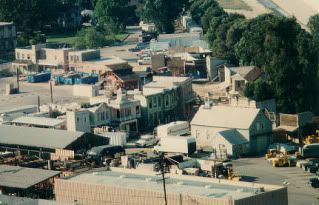
Above – An aerial view of the Republic Studios – Looks like one of the sets for a John Wayne film.
As the demand and market for B-pictures declined, Republic began to cut back,
slowing production from 40 main films annually in the early 1950s to 18 in 1957.
A tearful Herbert Yates informed shareholders at the 1958 annual meeting that
feature-film production was ending; the distribution offices were shut down
the following year. In the early 1960s, Republic sold its library of films to Television.
CBS bought Republic’s studio lot but they had in fact been using these facilities for some years.
 Republic Pictures is one of the first major independent movie studios best known for creating B-movies. Founded in 1935 by Herbert Yates as a merger of several smaller “poverty row” studios, Republic produced memorable feature films and launched the careers of John Wayne, Gene Autry, Rex Allen, and Roy Rogers.
Republic Pictures is one of the first major independent movie studios best known for creating B-movies. Founded in 1935 by Herbert Yates as a merger of several smaller “poverty row” studios, Republic produced memorable feature films and launched the careers of John Wayne, Gene Autry, Rex Allen, and Roy Rogers.
Republic Pictures earned its greatest reputation for its numerous serials, which were generally considered the best in the business. The company introduced choreographed fight scenes, and excelled in the special effects of model work, explosions, and simulating superheroes’ ability to fly.
Republic exploded into national prominence with its focus in westerns, movie serials and B-films emphasising mystery and action, the staples of Saturday afternoon matinees. The studio rocketed serials like The Adventures of Captain Marvel and Commando Cody: Sky Marshal of the Universe into the public imagination throughout its fabled 24-year history. Notable Republic Pictures include Under Western Stars (1938), Flying Tigers (1942), Macbeth (1948), Sands of Iwo Jima (1949), The Red Pony (1949), The Quiet Man (1952), and Johnny Guitar (1954).
Out of interest Under Western Stars (1938), was the first film for Roy Rogers. He had been in a number of films before this – under his own name Leonard Sly and the last two as Dick Weston but Republic decided that for his first starring role he would be Roy Rogers – and that was how he remained.
Above: Roy Rogers – Under Western Stars.
The original Republic Pictures as a feature-film production unit closed down in 1959. NTA (National Telefilm Associates) acquired the Republic library for television. In 1967, the Republic studio facilities were sold to CBS, and their location today is part of CBS Studio Center in Studio City, California


